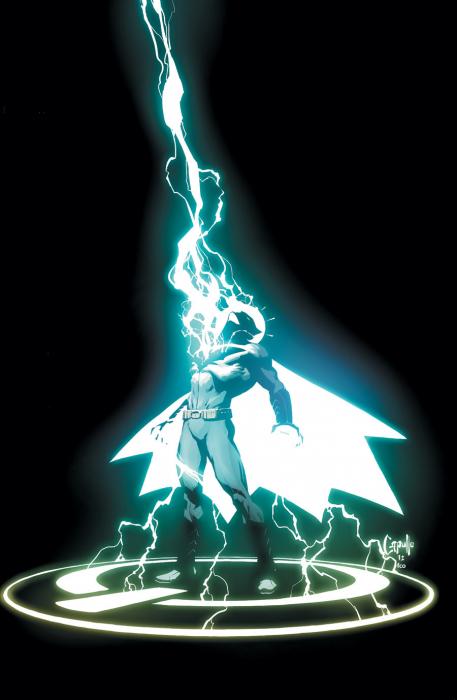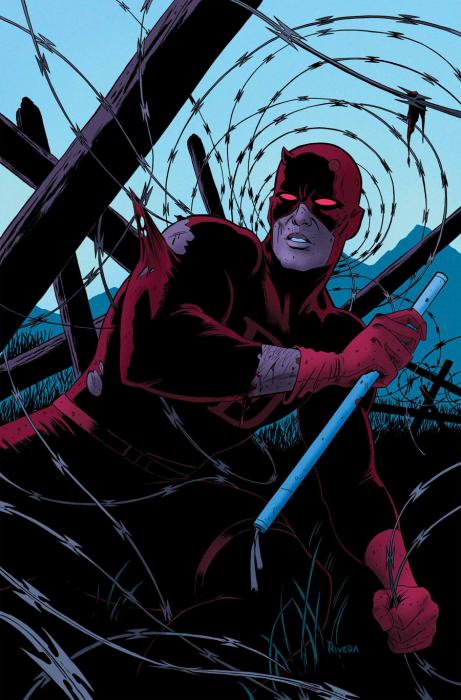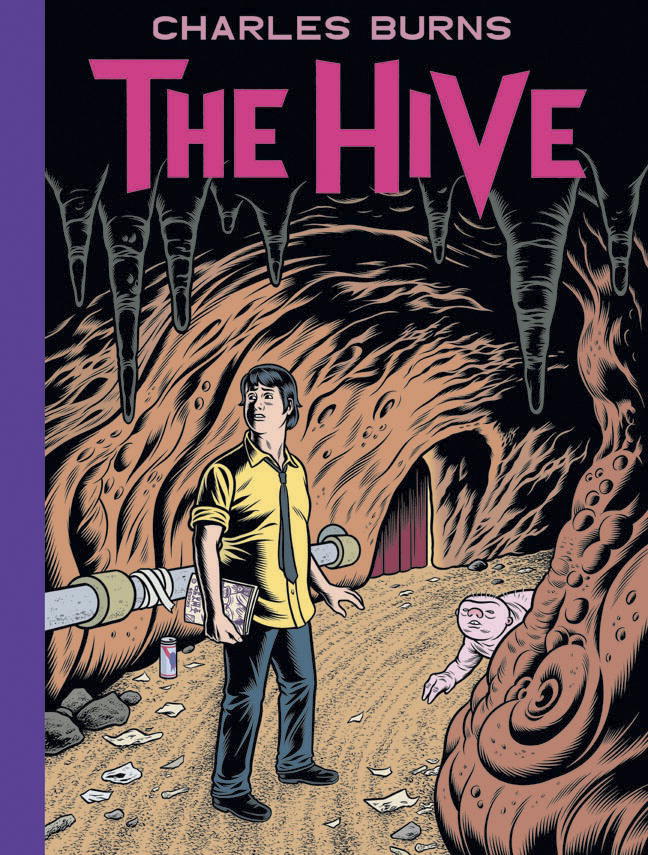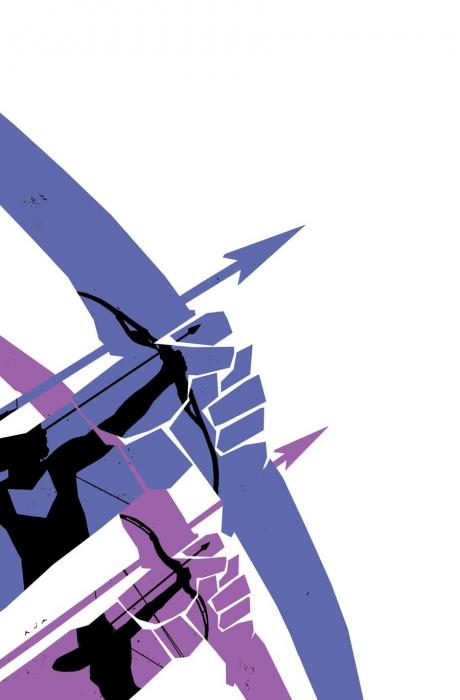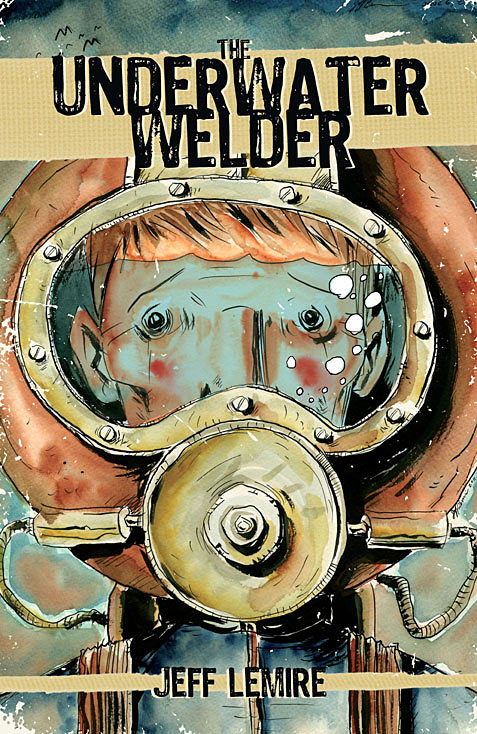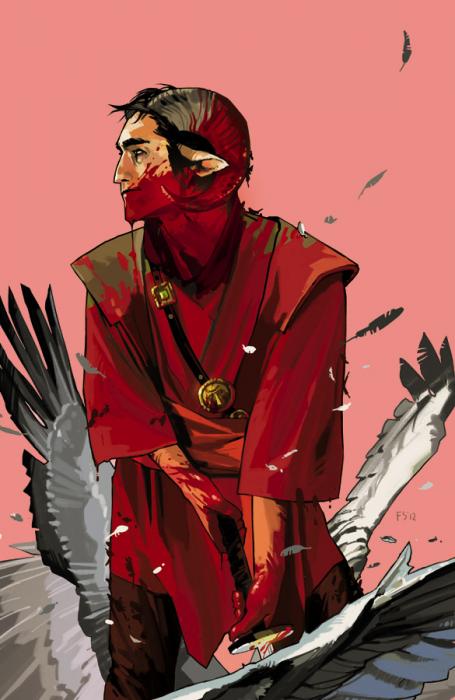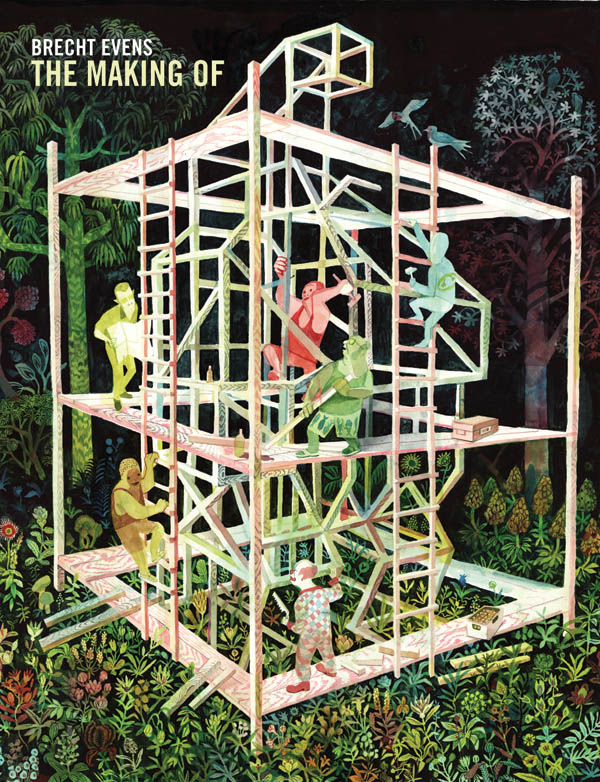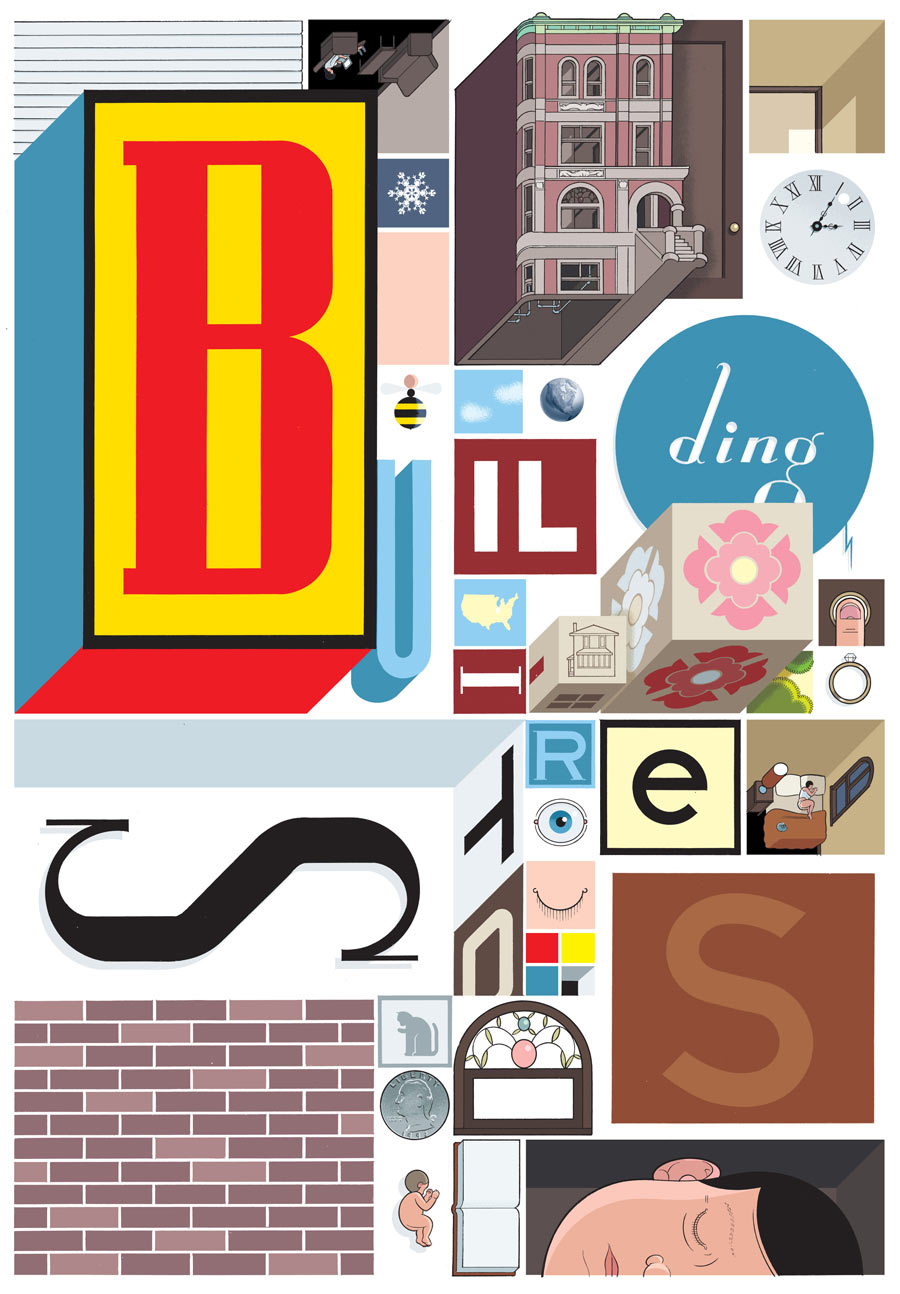The 10 Best Comic Books of 2012
In the world of comics, 2012 has seen major new works from some of the most important creators in the field, exciting leaps from burgeoning young creators, and the occasional smart revamp of a decades-old superhero. Here are Paste’s 10 favorite comics of 2012, from literary graphic novels to the serialized superhero tales we download every Wednesday. We’re starting with the 10 best new or ongoing comics of 2012, and later we’ll reveal our 10 favorite collections or reissues released this year.
10. Batman
by Scott Snyder and Greg Capullo
DC Comics
Ever since the debut of his short story collection Voodoo Heart, Scott Snyder has balanced searing creativity and disciplined craftsmanship with academic finesse. No writer has weaved foreshadowing and plot threads together with such dynamite precision since DC’s British Invasion of the ‘80s. The latest feather in Snyder’s cap is Batman. It’s a bold redirection of geography etched into modern mythology, warping a fictional institution into a booby-trapped funhouse. This is one of the Caped Crusader’s most cinematic, atmospheric outings in recent memory. (SE)
9. Daredevil
by Mark Waid and various artists
Marvel Comics
Marvel has dropped more than a few hints throughout the decade that they might yank Daredevil out of the Xanax-swilling abyss of misery and torment that the title has inhabited since before we were born. Even with such tantalizing promises, nobody was quite prepared for the sheer swashbuckling elation that Mark Waid, Paolo Rivera and Marcos Martin (among many talented others) bestowed upon us this year. Whether lawyer-by-day/vigilante-by-night Matt Murdock is swapping tongue with a gangster’s bride (hey, her perfume drives him crazy) or trading blows with Mole Man, fun and smart have rarely intersected this beautifully. (SE)
8. The Hive
by Charles Burns
Pantheon
The first quarter of The Hive works like nesting dolls of fantasy, adding both dreamworld comics and their “real world” counterparts to the mix, and as you’re jerked among the narratives, you can’t find your footing, an experience both nauseating and somewhat pleasurable. Burns seems to be exploring a theme about the function of visual fantasy, but it’s never obvious. He’s always been a genius at bringing out the gross side of the uncanny as he’s focused on the desires our superegos do their best to quash—a Stephen King who says the horror is in us, not outside us, and more horrifying for that—and this series is no exception. It will provoke both attraction and revulsion, often within the same panel, as well as a deeply felt sadness veering into depression, “the bad thing” David Foster Wallace wrote of. Intelligent, carefully crafted and emphatically not for everyone. (HB)
7. Hawkeye
by Matt Fraction, David Aja and various artists
Marvel Comics
Fraction cuts around his Kirby hyper-scifi beats for almost mundane tales about Brooklyn and non-superhero life. Coupled with Barton’s smooth, endearing narration (“I’m an orphan raised by carnies fighting with a stick and a string from the Paleolithic era,”) Hawkeye is subversively enjoyable as an anti-superhero superhero study. Aja’s simple, worn-line work perfectly matches the grizzled photorealism of its metropolitan focus. This is a new, sentimental approach to the character that could almost count as an indie book with a few tweaks, packing more enough arrows in its quiver for the near future. (SE)
6. The Underwater Welder
by Jeff Lemire
Top Shelf
Despite the debatable sci-fi trappings (does he really relive his past or is this more of a “life flashing before your eyes”, near-death experience type of deal?), The Underwater Welder is firmly rooted in realistic personal relationships, and isn’t that far off in sensibility from Lemire’s Essex County trilogy. Lemire has mastered the art of the human story in a genre setting. Welder reaffirms that Lemire is one of the most versatile and vital creators in comics today. (GM)
